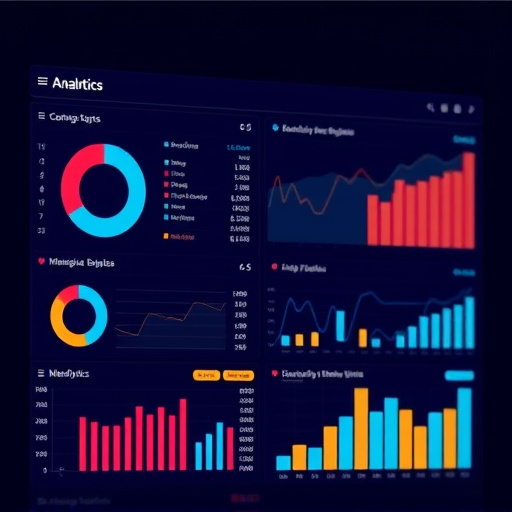In today's digital landscape, responsive web design is essential for businesses offering web design services to cater to users on diverse devices. By employing strategies like mobile-first design, CSS media queries, and flexible grids, Florida designers in Hollywood and Davie create dynamic websites that adapt seamlessly across desktops, tablets, and smartphones. This ensures optimal user experiences, boosts SEO, and enhances online marketing efforts for local businesses, ultimately driving customer engagement and conversions.
In today’s digital era, ensuring your website adapts seamlessly to any screen is paramount. Responsive design isn’t just a trend; it’s a necessity for engaging users across diverse devices. This article delves into the core of responsive design, highlighting its critical role in modern web design services. We explore strategies and best practices to create flexible layouts, along with tools and techniques that empower web designers to deliver optimal user experiences, regardless of screen size.
- Understanding Responsive Design: The Need for Adaptability
- Strategies and Best Practices for Creating Flexible Layouts
- Implementing Responsive Design: Tools and Techniques for Web Design Services
Understanding Responsive Design: The Need for Adaptability

In today’s digital landscape, where users access information from a multitude of devices—from desktops to tablets, smartphones, and even smart TVs—a fundamental aspect of web design has emerged as paramount: responsive design. This approach ensures that websites seamlessly adapt to any screen size or orientation, providing an optimal viewing experience regardless of the user’s device. The need for adaptability arises from the fact that users expect instant access to content and functionality, and a non-responsive site can lead to frustrating experiences, higher bounce rates, and lost potential customers.
Responsive web design services aren’t just about making a website look good on different screens; they involve a strategic and thoughtful process. It’s about creating flexible layouts, utilizing relative units for typography and images, and applying media queries to adjust content and style as the screen changes. This ensures that not only is the visual experience pleasant, but also that SEO services Miami area and local search optimization strategies are effective, catering to users across all platforms while keeping your site relevant and competitive in the market.
Strategies and Best Practices for Creating Flexible Layouts

In the realm of web design services, creating responsive designs that adapt seamlessly to any screen size is paramount. Strategies for crafting flexible layouts include employing a mobile-first approach, where designs are optimized for smaller screens before scaling up for larger ones. This ensures that the user experience remains consistent and intuitive across devices. Using CSS media queries, developers can apply unique styles based on screen dimensions, enabling dynamic adjustments to layout, typography, and imagery.
Best practices further emphasize the importance of flexible grids, which allow content to redistribute itself effectively as screens change. Simplifying the design process with a modular approach, where components are independently resizable, also facilitates responsiveness. Local business online marketing can greatly benefit from these techniques, ensuring that their websites appear polished on both desktop and mobile platforms. For instance, a website designer Davie FL or Hollywood FL can implement these strategies to create visually appealing and user-friendly sites that cater to a diverse audience, enhancing the overall digital experience.
Implementing Responsive Design: Tools and Techniques for Web Design Services

Implementing responsive design is a crucial step for web design services aiming to cater to a diverse audience across various devices and screen sizes. The primary goal is to create a seamless user experience, regardless of whether the visitor is on a desktop computer, tablet, or smartphone. To achieve this, web designers in Hollywood FL and Davie FL leverage a range of tools and techniques that have revolutionized the industry.
One of the key tools in their arsenal is CSS media queries, which allow for dynamic changes to the website’s layout and style based on the device’s characteristics. Additionally, responsive image formats and flexible grid systems play a significant role in ensuring that content adapts gracefully to different screens. For local business online marketing strategies, these techniques are essential to providing an engaging and accessible digital presence, fostering customer connections, and driving conversions across all platforms.
In today’s digital landscape, where diverse devices and screen sizes are prevalent, responsive design has become indispensable for web design services. By implementing flexible layouts and adaptive strategies, designers can ensure optimal user experiences across all platforms. Through the use of modern tools and techniques, web design services can create dynamic, visually appealing sites that seamlessly adjust to any screen, catering to a wide range of users and setting new standards for accessibility and usability.














